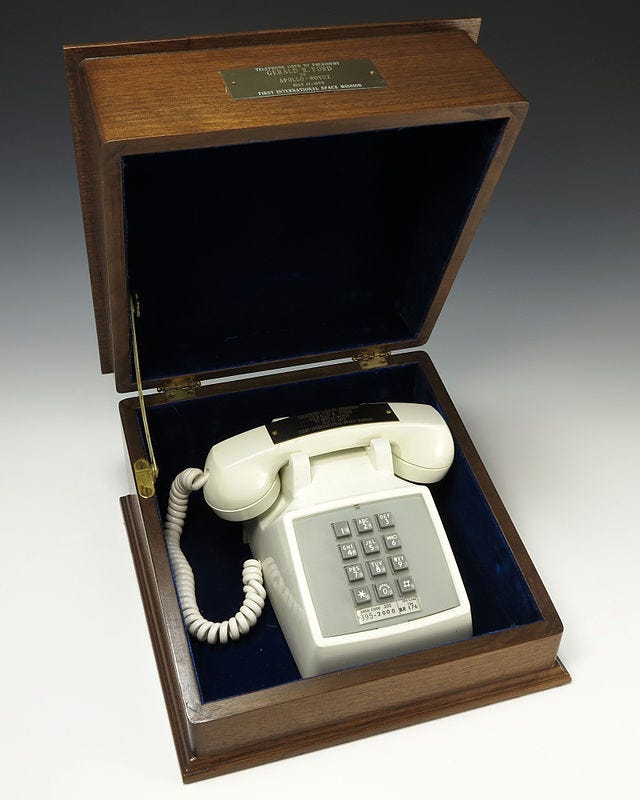There is a 17-year Gap Between New Science and It's Adoption in Clinical Practice
It is 34 Years In Cardiovascular Disease
The National Academy of Medicine points to a 17-year gap between new medical science and it’s adoption in clinical practice. In cardiovascular disease, it is twice that. (see applying evidence to healthcare delivery) We knew in 1988 that opening blockages in arteries did not prevent cardiac death or heart attack. The first heart artery stent was placed …
Keep reading with a 7-day free trial
Subscribe to Slow Aging and Delay Chronic Disease Development to keep reading this post and get 7 days of free access to the full post archives.


